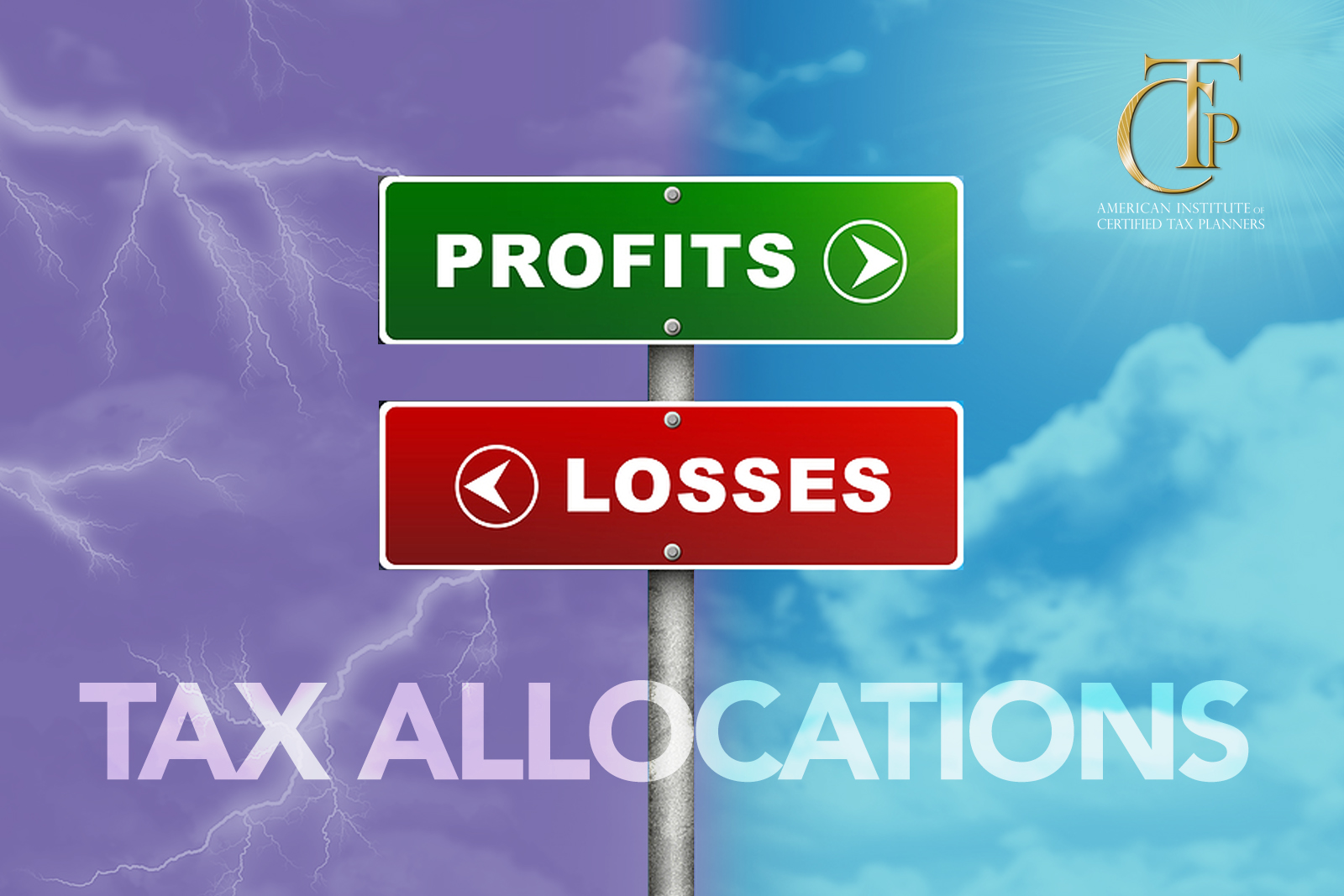If you are working with business partnerships or entrepreneurs trying to decide on an entity type, be sure to introduce them to the tax benefits of establishing a partnership. As a pass-through entity, any income, losses, credits, and deductions from the partnership “pass through” to its partners who are taxed at personal income tax rates. This setup allows for the use of special tax allocations, which allow the partnership to distribute profits and losses to individual partners in the most advantageous way, regardless of the percentage of the business each person owns.
The first step is to ensure that the partnership is following the tax rules laid out in IRC section 704. The tax code requires that any special allocations reflect what is written in the partnership agreement. If the partnership is adjusting percentages on a regular basis, they will need to make an official amendment each time by enlisting the help of an attorney who is skilled in partnership law. You will also need to coordinate with the client to determine exactly what you are trying to accomplish from a tax perspective, so the attorney can use the correct language in that amendment.
Secondly, the partnership agreement needs to have “substantial economic effect” to make use of special allocations. If this is lacking, then the IRS can simply ignore your attempt to make a special allocation and instead allocate the profits and losses based on ownership percentage. The idea of substantial economic effect basically means that partnerships cannot artificially allocate income, losses, deductions, and credits when tax season comes around—rather, the allocations have to match the actual economic effect on each partner.
This article will explore the three different ways to prove substantial economic effect:
- Economic effect test
- Alternate test
- Economic effect equivalence test
Economic Effect Test
The theory behind this test is that the economic benefits or burdens that a partner receives should correspond to the tax benefits or burdens related to that item. For example, if a partner is allocated certain business assets that depreciate, those items will be worth less in the future should that partner want to sell them. However, that partner will also be able to take a tax deduction for that depreciation, which is a benefit. In short, an item that is allocated to a partner as a tax benefit should have an equivalent impact on the amount of cash that partner would receive if the business was liquidated.
The IRS has even defined an economic effect safe harbor, which has three requirements:
- The partners’ capital accounts must be maintained in accordance with Section 704(b)
- Any distributions that would liquidate a partner’s interest must follow ending capital account balances
- If a partner’s interest in liquidated and they have a negative capital account balance, they must restore that deficit
If we adhere to these three requirements, the partnership is protected against any IRS challenges to the special tax allocations we have claimed.
Alternate Test
The alternate test must still meet the first two requirements listed above: capital accounts must be maintained according to Section 704(b) and liquidating distributions must follow ending capital account balances. Secondly, any deficits must be restored, so no allocations can decrease a partner’s capital account beyond the amount they would be obligated to restore. The last requirement is that the partnership agreement must have a qualified income offset— if an unexpected event creates a deficit balance, then the partner must be allocated an item of income to eliminate that deficit as quickly as possible.
Economic Effect Equivalency Test
Typically, the type of business that struggles to pass the first two tests is a limited partnership because limited partners cannot be legally required to restore a deficit balance in their capital account. So how can this type of business demonstrate economic effect? A business is deemed to have economic effect if a liquidation of the partnership at the end of any year would produce the same economic results as if the safe harbor had been satisfied. The safe harbor must be satisfied without regard to the economic performance of the partnership. So a business could theoretically write certain tradeoffs into the partnership agreement to make this work. For instance, Partner A could receive a distribution of all the property in the business, while Partner B receives a distribution of all the cash in the partnership. If at the end of any year, these distributions represent the same economic results as the tax allocations, then this setup meets the substantial economic effect test.
Summary
Partnerships that can pass a substantial economic effect test are poised to benefit from special tax allocations. These allocations can make the partnership entity a lucrative arrangement for everyone involved. Remember that aligning special allocations with the partnership agreement is key. Get the help of an attorney who is well-versed in tax law if your client needs to adjust the language in their partnership agreement to match your tax plan.
To learn more about how to best advise clients who own partnerships and other types of business entities, become a Certified Tax Planner today.





